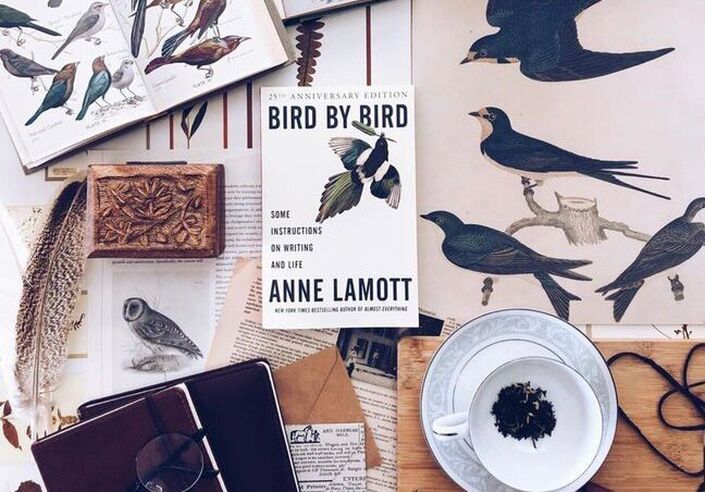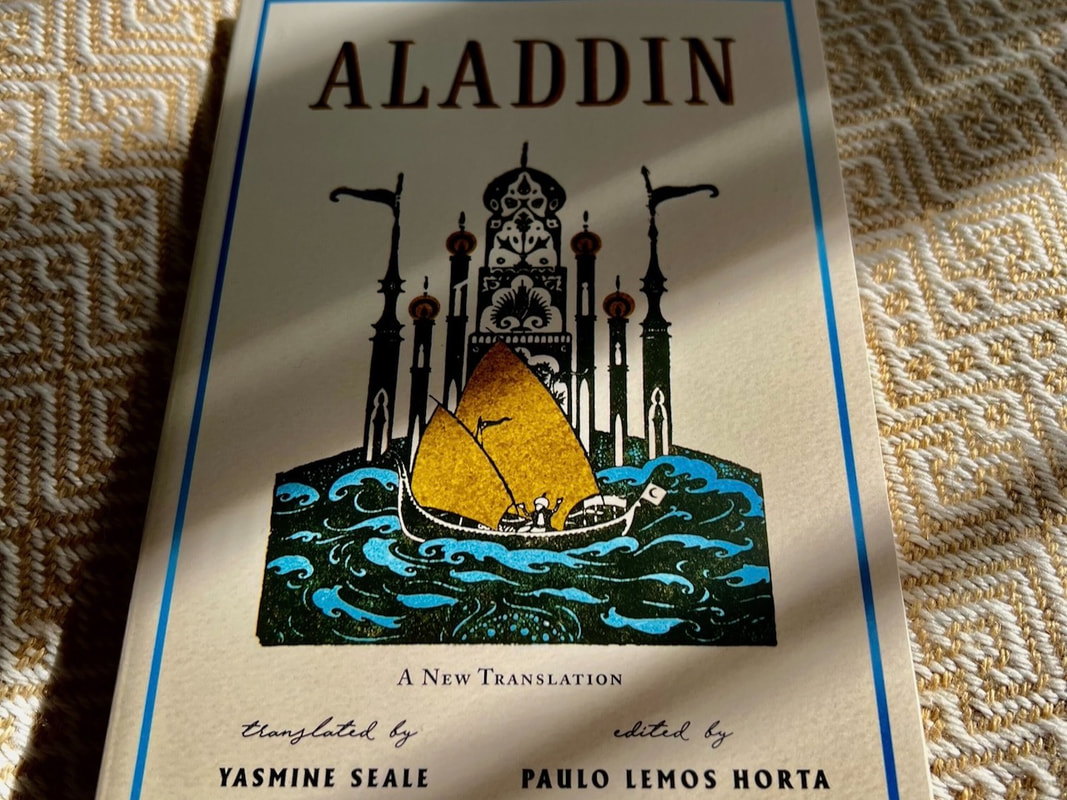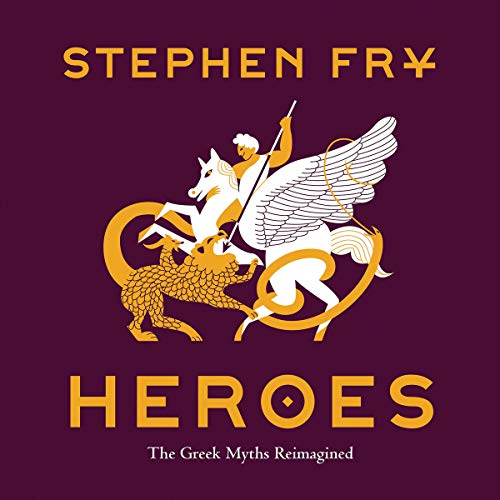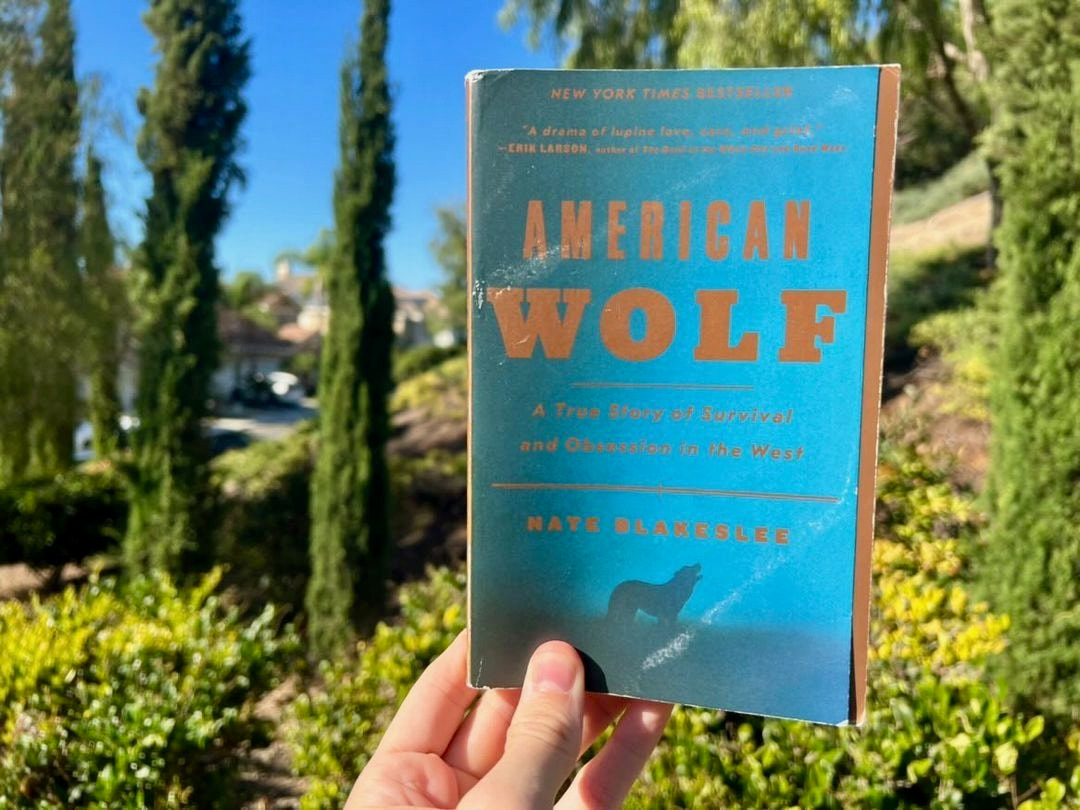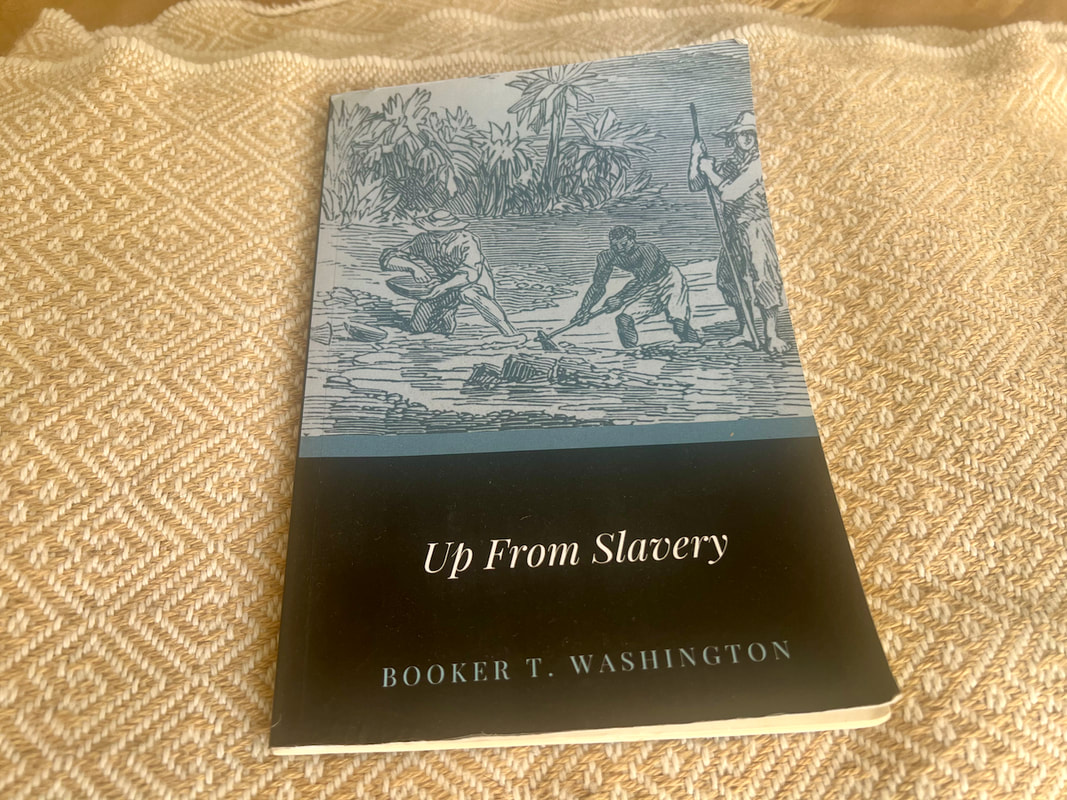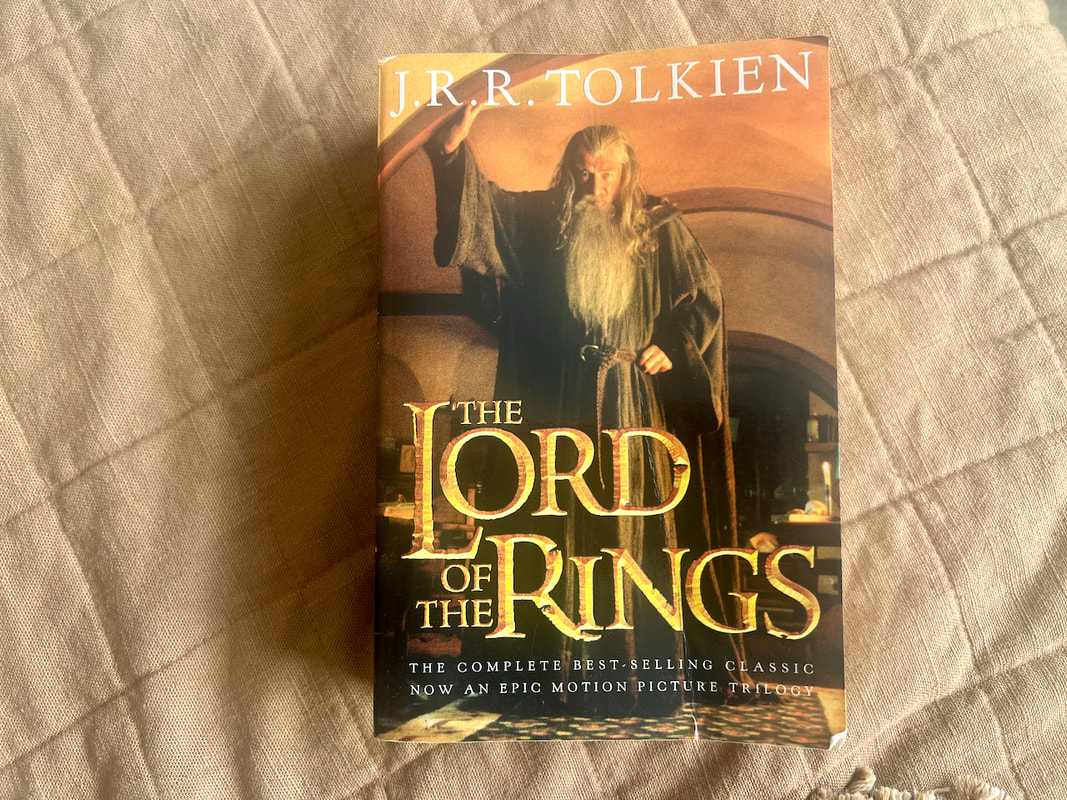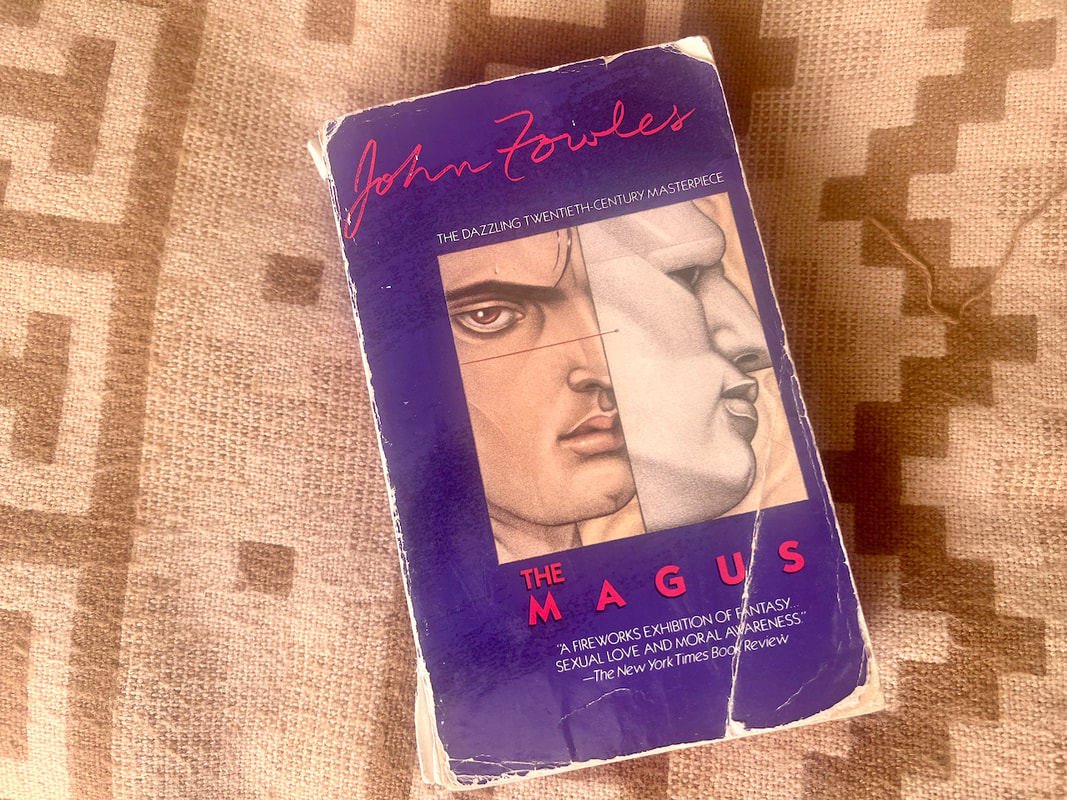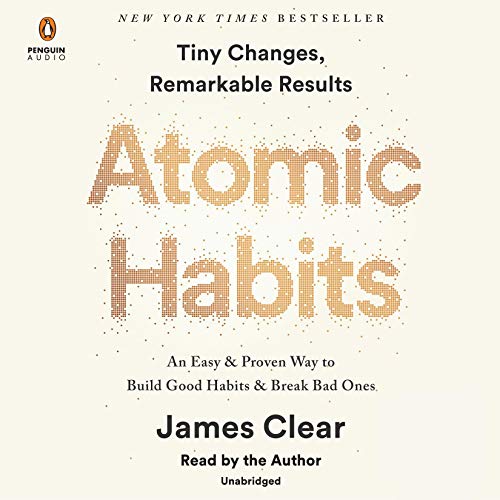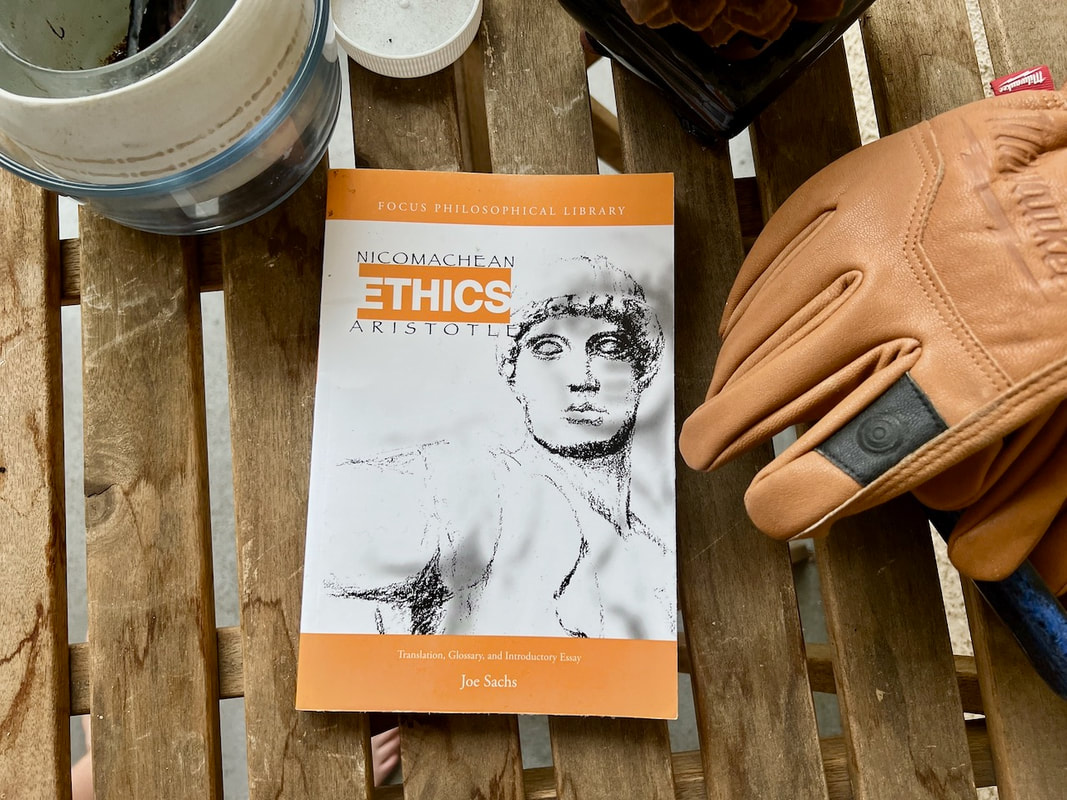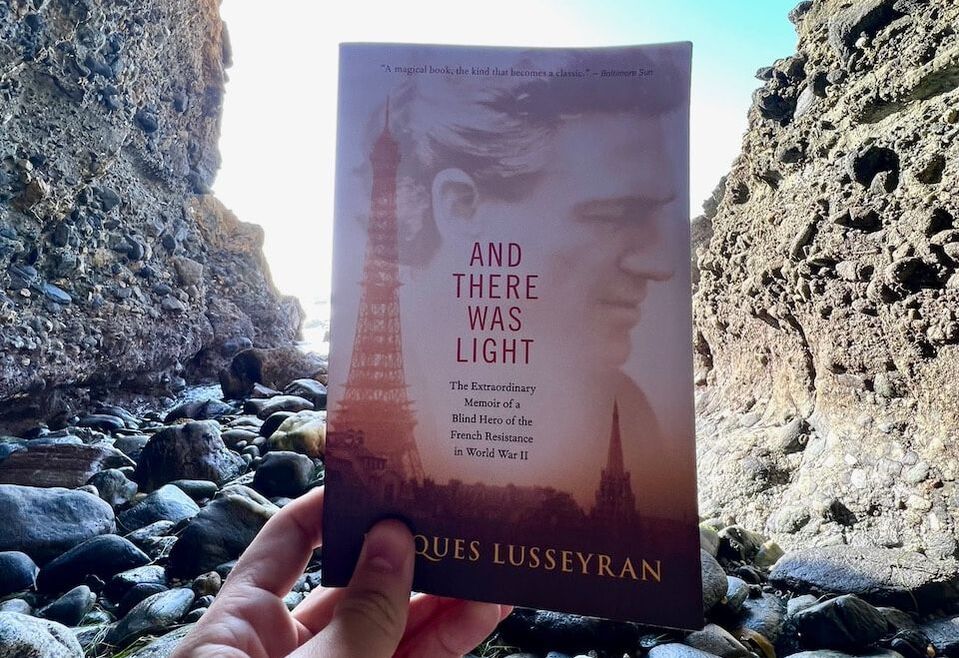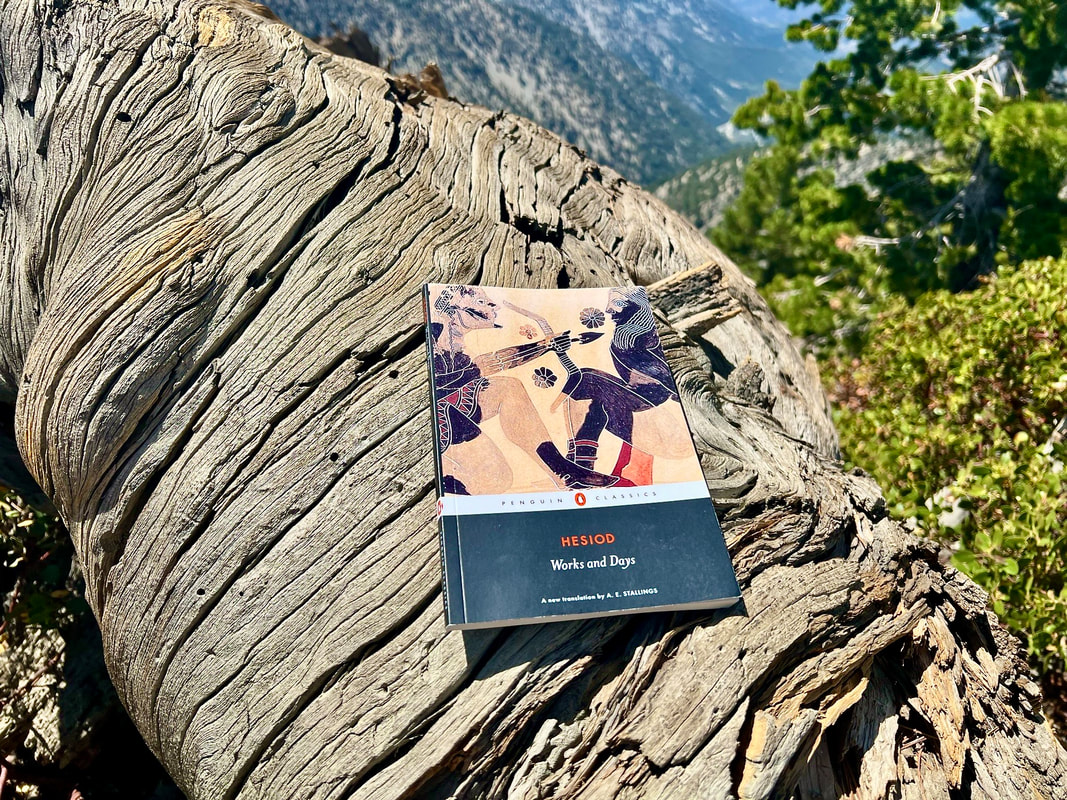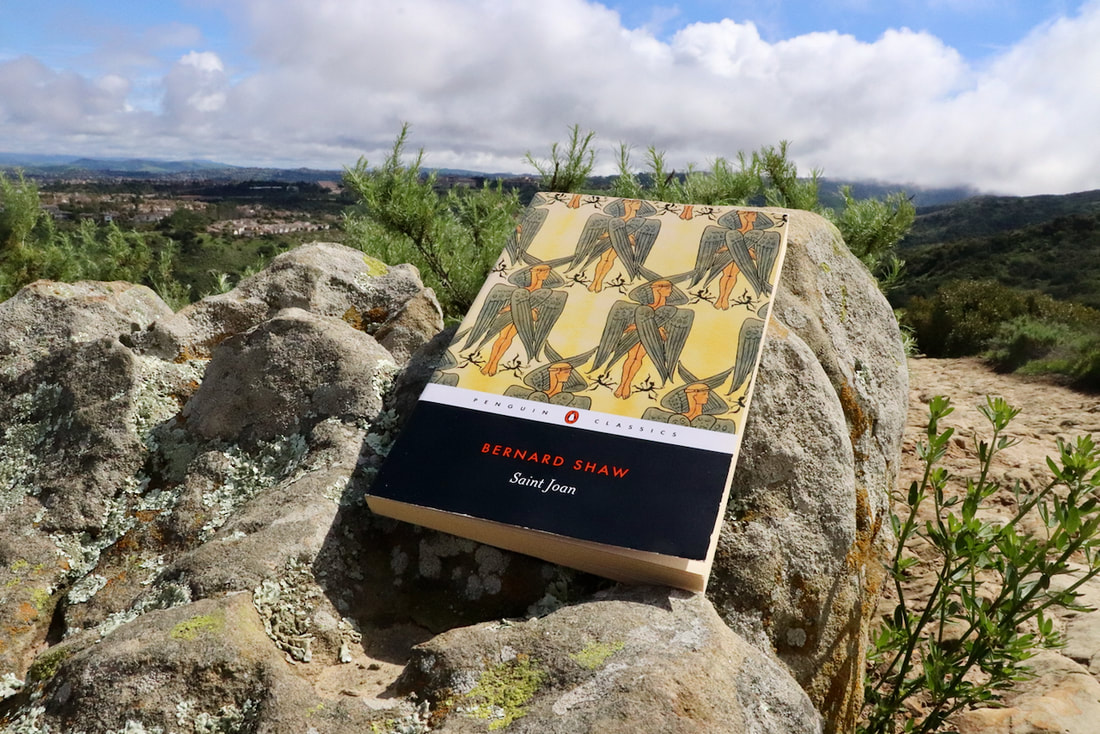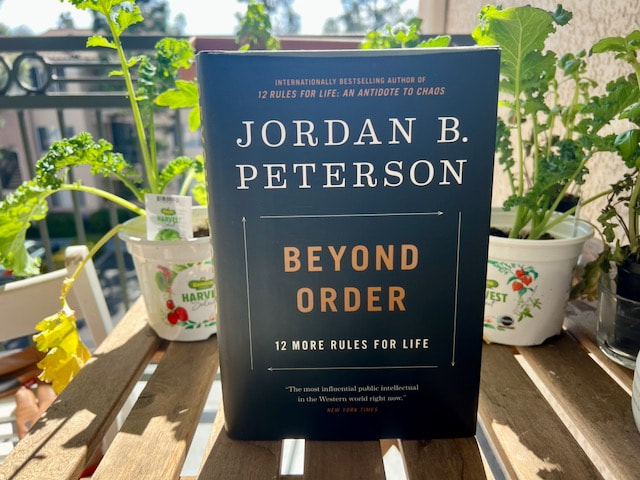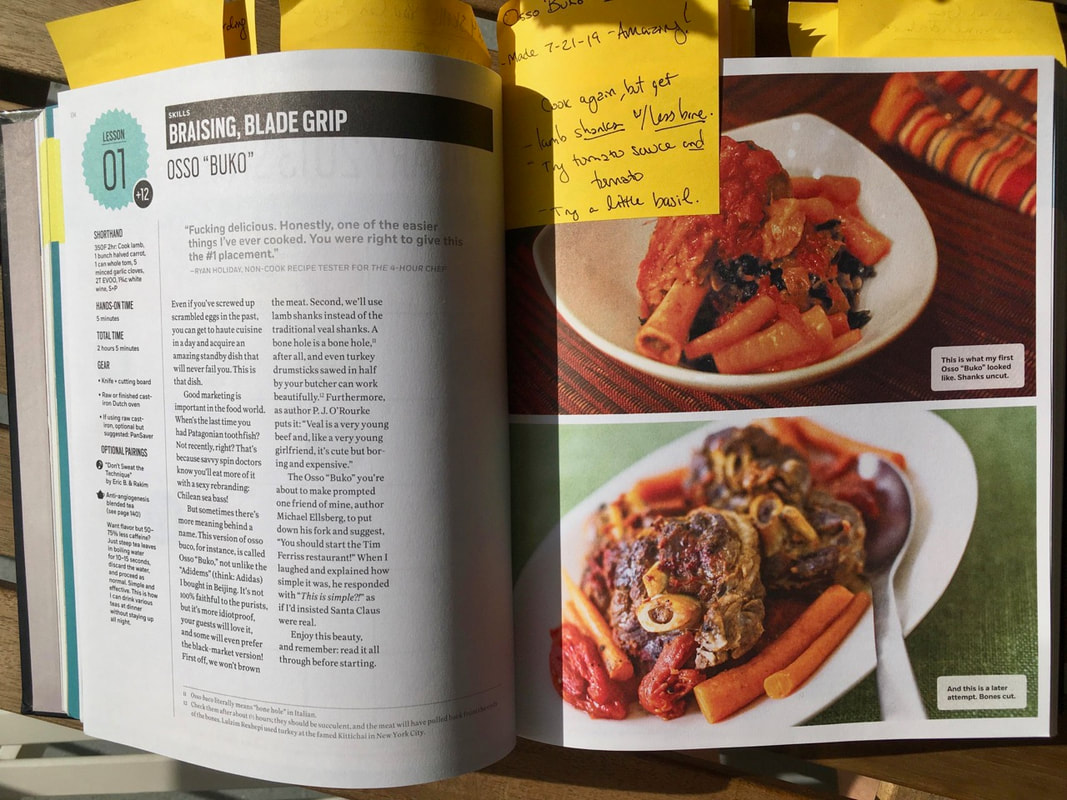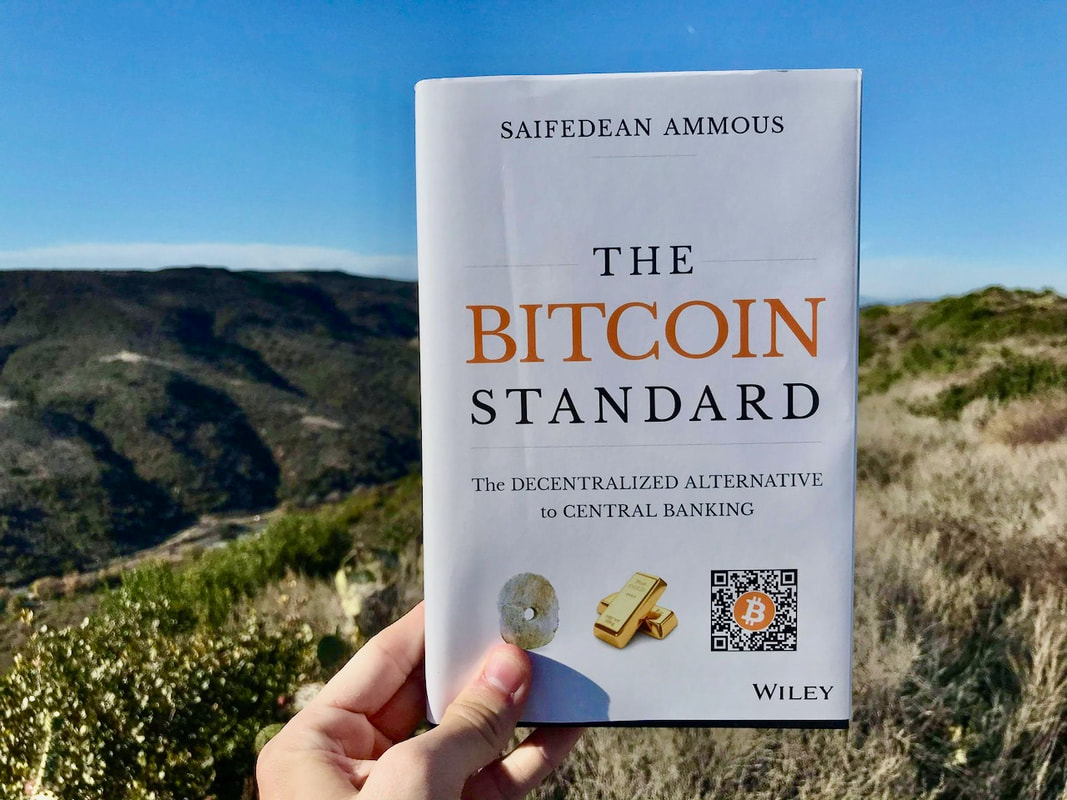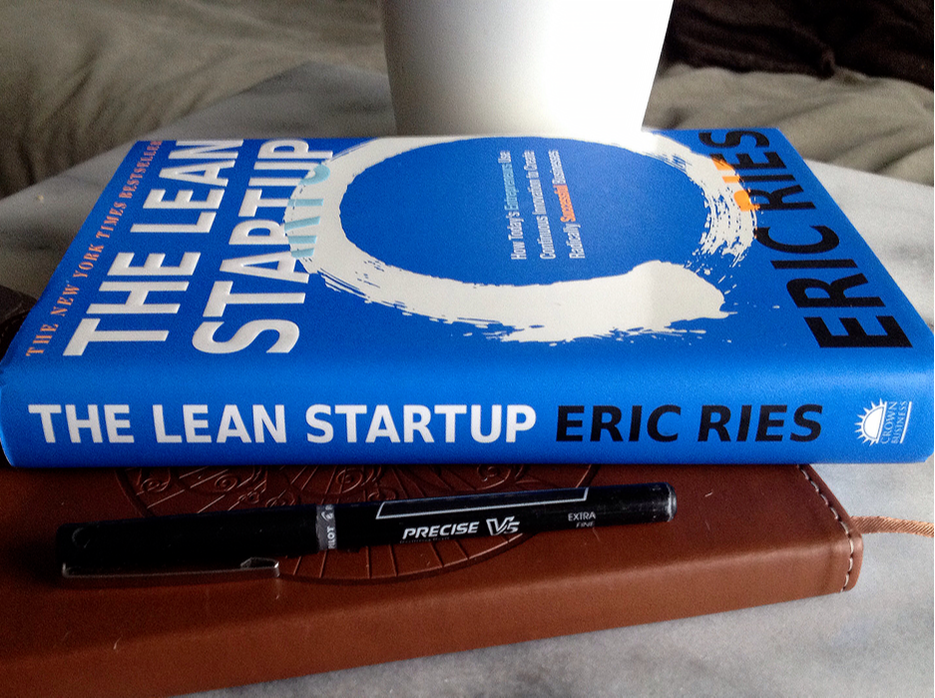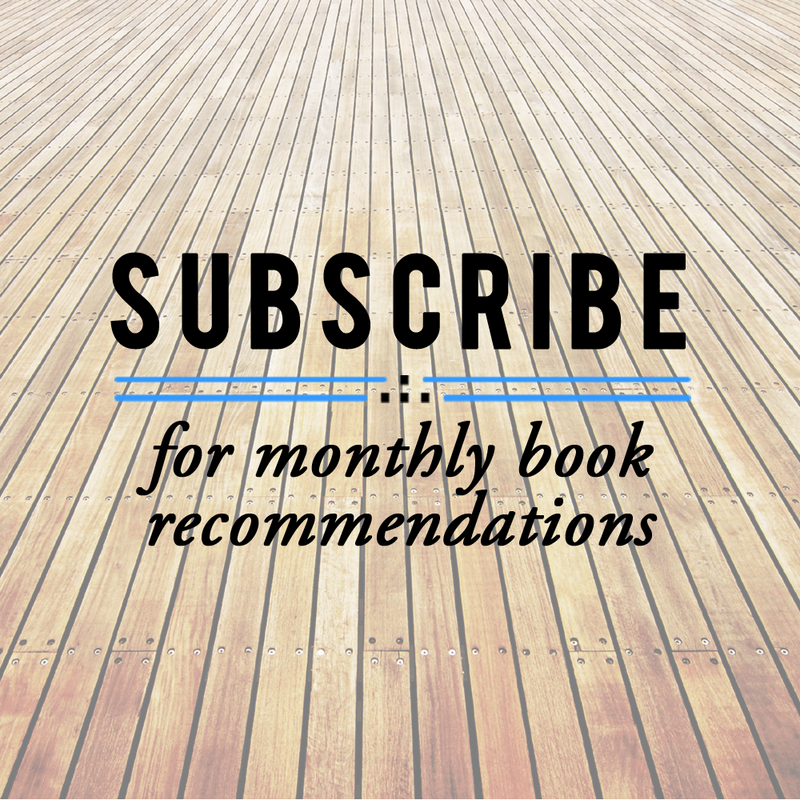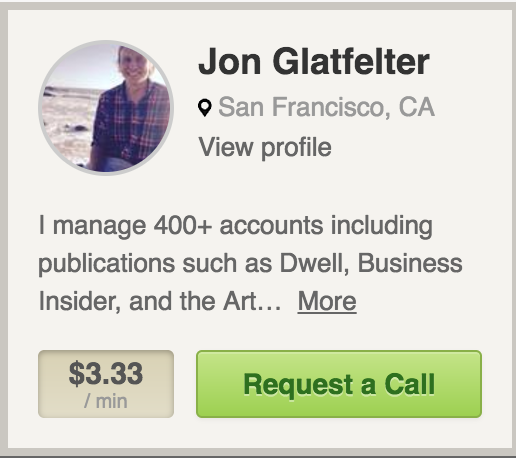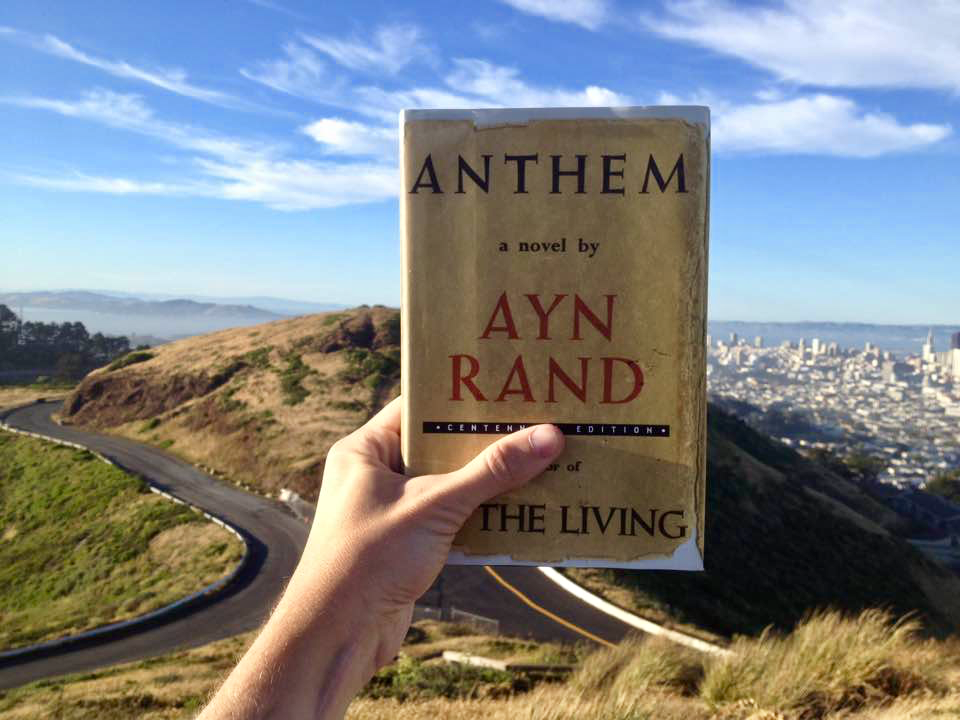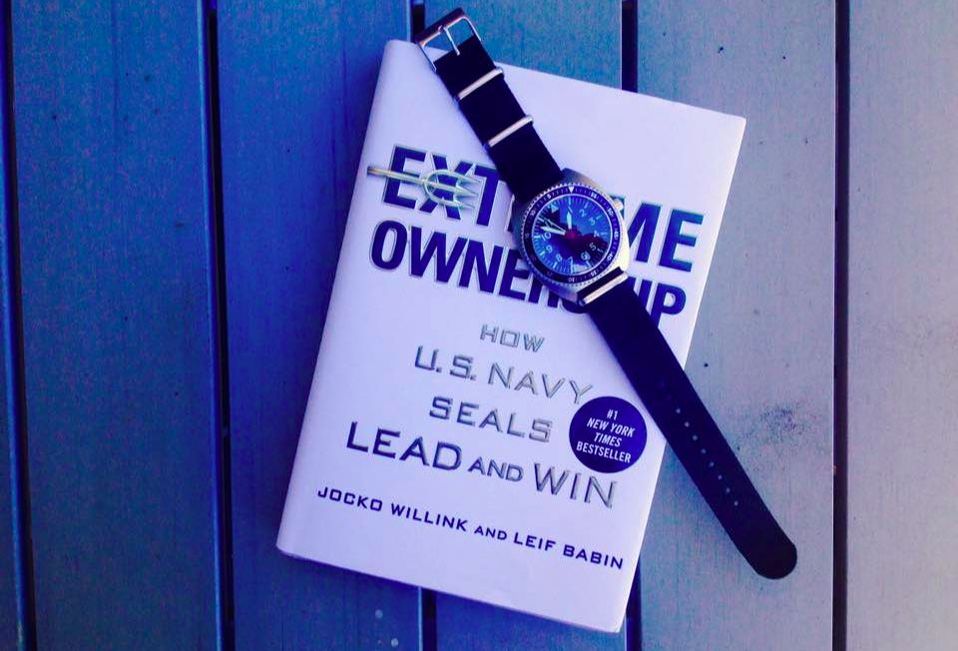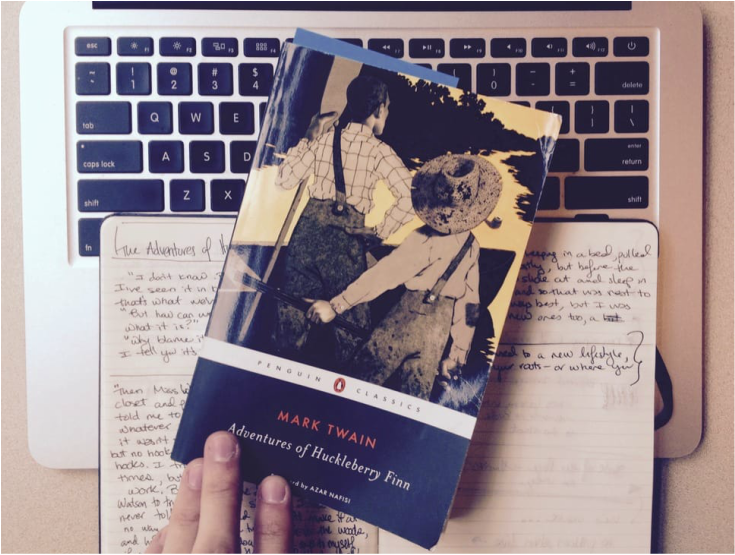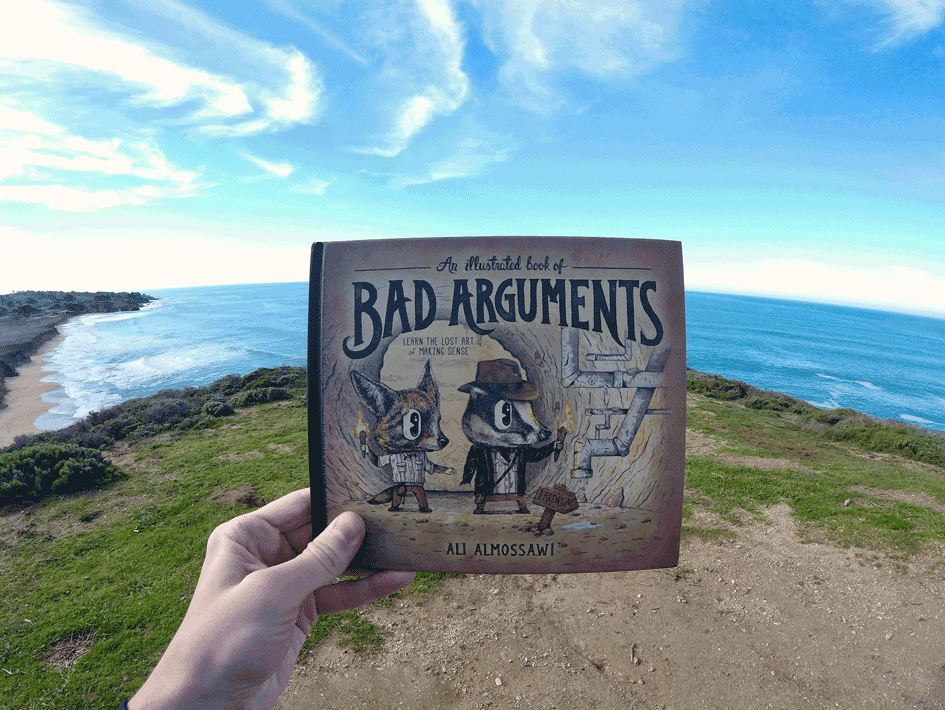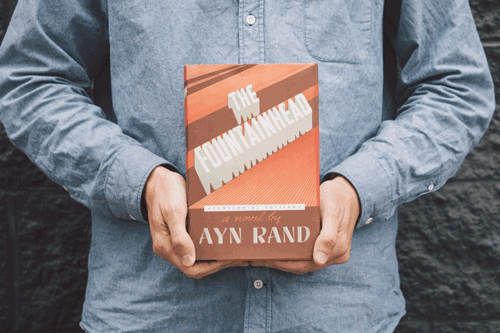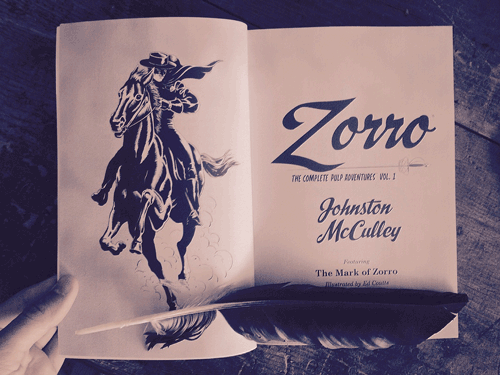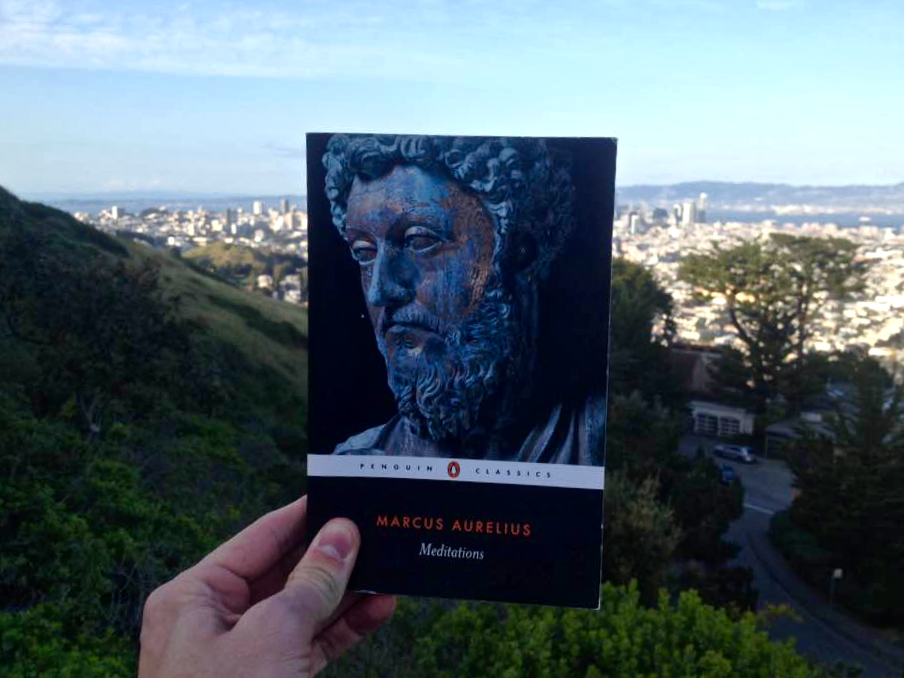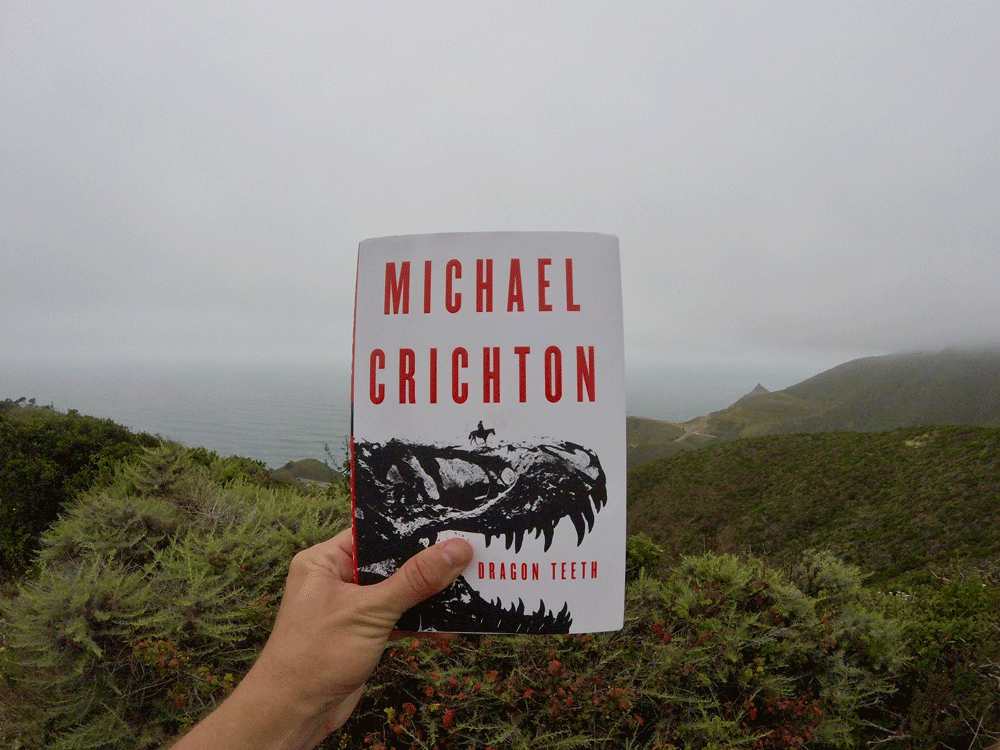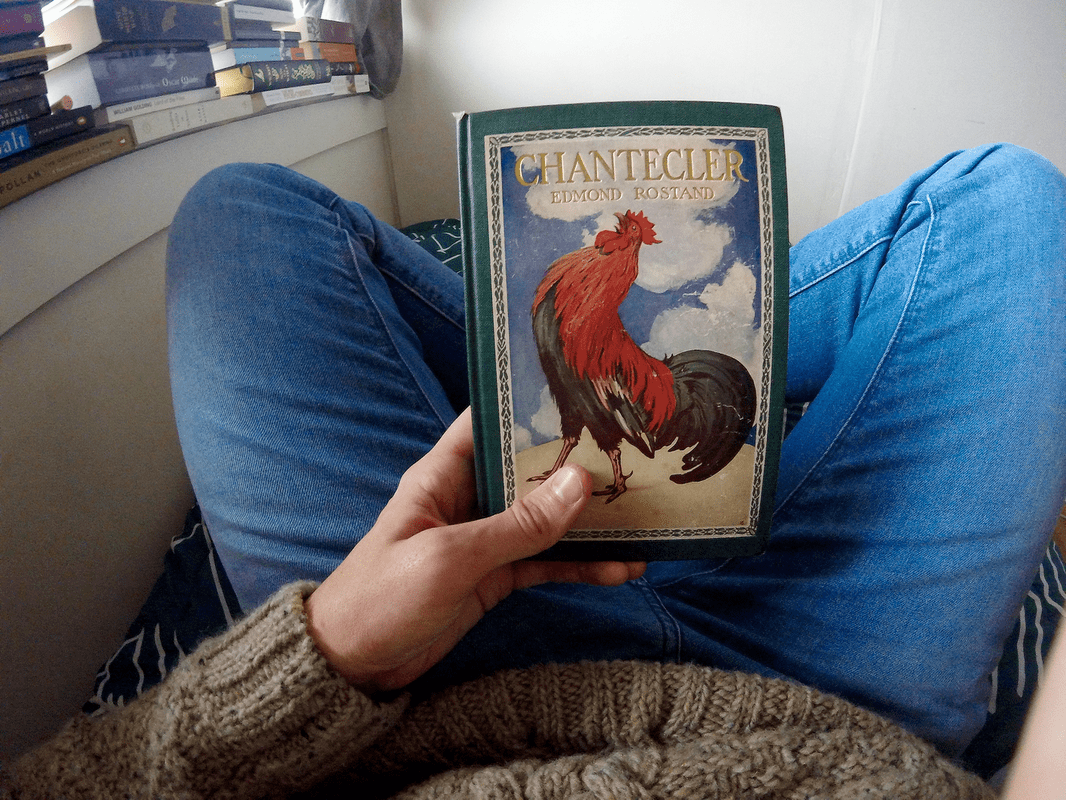Dear Friends and Readers:
One decade. That's how long ago I started this blog. As I write these words, having just looked back at ten years' worth of book round ups, interviews with creatives I admire, and email conversations with fellow readers, I feel an immense gratitude. Thank you for reading along with me. Thank you for sharing your favorites too and thank you for the encouragement to keep going, even through the ups and downs and seasons of life. With 2023 upon us, I can't wait to dive into the next decade of stories together.
Per tradition, I've rounded up my absolute ten favorite reads from 2022 as well as a dozen runners-up that I whole-heartedly enjoyed. These books have been my hiking companions, road trip passengers, boba tea partners, and a few of them old friends from years past. Whether you pick up one or ten of these books, fiction or non-fiction, now or in the future, I hope that they give you as much as they have given me.
Sincerely,
Jon
P.S. Here are my yearly roundups from 2021, 2020, 2019, 2018, 2017, 2016, and 2015.
P.P.S. You can subscribe to the Reading List for more. Each month, I'll email you 3-6 books that I absolutely couldn't put down—usually a mix of fiction and nonfiction. I try to steer clear of bestseller (fake) lists, and instead explore authors who challenge my worldview, enchant me through language, and model how to live more nobly.
One decade. That's how long ago I started this blog. As I write these words, having just looked back at ten years' worth of book round ups, interviews with creatives I admire, and email conversations with fellow readers, I feel an immense gratitude. Thank you for reading along with me. Thank you for sharing your favorites too and thank you for the encouragement to keep going, even through the ups and downs and seasons of life. With 2023 upon us, I can't wait to dive into the next decade of stories together.
Per tradition, I've rounded up my absolute ten favorite reads from 2022 as well as a dozen runners-up that I whole-heartedly enjoyed. These books have been my hiking companions, road trip passengers, boba tea partners, and a few of them old friends from years past. Whether you pick up one or ten of these books, fiction or non-fiction, now or in the future, I hope that they give you as much as they have given me.
Sincerely,
Jon
P.S. Here are my yearly roundups from 2021, 2020, 2019, 2018, 2017, 2016, and 2015.
P.P.S. You can subscribe to the Reading List for more. Each month, I'll email you 3-6 books that I absolutely couldn't put down—usually a mix of fiction and nonfiction. I try to steer clear of bestseller (fake) lists, and instead explore authors who challenge my worldview, enchant me through language, and model how to live more nobly.
10. BIRD BY BIRD: SOME INSTRUCTIONS ON WRITING AND LIFE
Two colleagues of mine, one at Huckberry years ago and the other at Literati this past fall, emphatically recommended Anne Lamott's Bird By Bird to me, and I was so grateful to have had enough sense to finally crack it open.
In it, Lamott shares her personal journey as an aspiring novelist to a bestselling writer. She doesn't flinch from the difficult bouts of perfectionism, editorial rejections, constant self-doubt, and the difficulty of establishing the discipline of writing every day. In fact, she laughs (mostly) about these struggles, and in doing so takes her own recommendation and "being the lighthouse," for other aspiring writers. “Lighthouses don’t go running all over an island looking for boats to save; they just stand there shining.” By sharing her trials and triumphs, I walked away a bit more grounded and energized.
The title comes early in the book in which Lamott's brother had a school project to work on that involved dozens of bird reports. He was overwhelmed, but just took it "bird by bird," until, finally, it was finished and the sum of one-off pages was a full report. It's that simple and that difficult.
In it, Lamott shares her personal journey as an aspiring novelist to a bestselling writer. She doesn't flinch from the difficult bouts of perfectionism, editorial rejections, constant self-doubt, and the difficulty of establishing the discipline of writing every day. In fact, she laughs (mostly) about these struggles, and in doing so takes her own recommendation and "being the lighthouse," for other aspiring writers. “Lighthouses don’t go running all over an island looking for boats to save; they just stand there shining.” By sharing her trials and triumphs, I walked away a bit more grounded and energized.
The title comes early in the book in which Lamott's brother had a school project to work on that involved dozens of bird reports. He was overwhelmed, but just took it "bird by bird," until, finally, it was finished and the sum of one-off pages was a full report. It's that simple and that difficult.
9. ALADDIN
Translated by Yasmine Seale & Edited by Paulo Lemos Horta
Aladdin is perhaps the most well-known fairy tale of all time. Its origin, though, is a bit foggy. Immortalized by Disney with the animated 1992 film starring Robin Williams as Genie, the tale may have been created in France. Antoine Gallard's fairy tale of Aladdin, or The Wonder Lamp debuted in the early 1900s. It poses as a Syrian bedtime tale however, and one set in China. But the tale could be much older and a part of the 1001 Arabian Nights, although scholars question this too.
Whatever its true origin, the coming-of-age adventure is full of exotic empires, dangerous travel, deceptive magicians, cursed treasure, wish-fulfilling desert genies (or jinns), and romance with a princess and our poor hero. Yasmine Seale's translation and Paulos Lemos Horta's editing made this a fast, fun afternoon read. Each chapter is ten pages and has a clear sense of story progression, with consequences playing out for the characters based on their choices, which build to a climax and resolution.
As I read it, I thought about story principles too. Sometimes details were planted earlier and cashed in on later for dramatic effect. Other times, details were never mentioned before the story required them, which killed the spell a bit for me. This isn't a translation or editing issue, but probably a fidelity to the original texts. Even these 'Deus ex machina' moments have a charm though, a reassuring quality to me. The type of world constructed in Aladdin is exotic, full of beauty and cunning traps, but the riddles are solvable, the villains not invincible, and true love is just a matter of time and effort. Oh, and storytellers are nearly all-powerful, including Scheherazade, the mythic mother of all stories. She of course begins and ends this one.
I have to note the book's construction too. The cover is beautiful and the pages have just the right amount of words on the page to flow for easy page-turning.
You can read my full review here.
Whatever its true origin, the coming-of-age adventure is full of exotic empires, dangerous travel, deceptive magicians, cursed treasure, wish-fulfilling desert genies (or jinns), and romance with a princess and our poor hero. Yasmine Seale's translation and Paulos Lemos Horta's editing made this a fast, fun afternoon read. Each chapter is ten pages and has a clear sense of story progression, with consequences playing out for the characters based on their choices, which build to a climax and resolution.
As I read it, I thought about story principles too. Sometimes details were planted earlier and cashed in on later for dramatic effect. Other times, details were never mentioned before the story required them, which killed the spell a bit for me. This isn't a translation or editing issue, but probably a fidelity to the original texts. Even these 'Deus ex machina' moments have a charm though, a reassuring quality to me. The type of world constructed in Aladdin is exotic, full of beauty and cunning traps, but the riddles are solvable, the villains not invincible, and true love is just a matter of time and effort. Oh, and storytellers are nearly all-powerful, including Scheherazade, the mythic mother of all stories. She of course begins and ends this one.
I have to note the book's construction too. The cover is beautiful and the pages have just the right amount of words on the page to flow for easy page-turning.
You can read my full review here.
8. HEROES
Reimagined and Read by Stephen Fry
I have loved the ancient Greeks ever since discovering Edith Hamilton's illustrated Mythology at a school book fair in 7th grade. During the 2020 lockdowns I returned to many of these stories by way of actor/author/comedian Stephen Fry. His renditions of the Greek gods, heroes, and antagonists were like a long dream—one that I treasured during many an afternoon and evening painting, walking, or cooking. Mythos was first, and this summer I delved into his second, Heroes.
With extraordinary color, drama, wit, wisdom, clarity and brevity, I sailed the wine-dark sea with Perseus along his quest to kill Medusa and acquire the golden fleece. I tagged along with Heracles during his twelve trials of strength and honor. I met brave Jason, cunning Theseus, the female hunter Atalanta, the brash Bellepheron, and tragic Oedipus too.
All the while entertained by some of the greatest and oldest stories ever told, I felt and still feel so indebted to my guide, Stephen Fry, who helped me make sense of it all—the myths and monsters, the Greece language and geography, and the relevance of it all to modernity.
Carl Jung viewed myths as the dreams of mankind's collective unconsciousness. That may be true, but staying a bit closer to the Greeks, I think that their myths show a beautiful and dangerous world of order and chaos. Their heroes shed light on exotic locations, slay dangerous divine monsters, and meet their unique destinies—sometimes of their own choosing and sometimes on the path they take to avoid it. In doing so, the gods' powers are ultimately diminished and man's abilities grow—abilities to reason, to feel, to understand, build, survive, thrive, and wonder.
You can read my full recommendation here.
With extraordinary color, drama, wit, wisdom, clarity and brevity, I sailed the wine-dark sea with Perseus along his quest to kill Medusa and acquire the golden fleece. I tagged along with Heracles during his twelve trials of strength and honor. I met brave Jason, cunning Theseus, the female hunter Atalanta, the brash Bellepheron, and tragic Oedipus too.
All the while entertained by some of the greatest and oldest stories ever told, I felt and still feel so indebted to my guide, Stephen Fry, who helped me make sense of it all—the myths and monsters, the Greece language and geography, and the relevance of it all to modernity.
Carl Jung viewed myths as the dreams of mankind's collective unconsciousness. That may be true, but staying a bit closer to the Greeks, I think that their myths show a beautiful and dangerous world of order and chaos. Their heroes shed light on exotic locations, slay dangerous divine monsters, and meet their unique destinies—sometimes of their own choosing and sometimes on the path they take to avoid it. In doing so, the gods' powers are ultimately diminished and man's abilities grow—abilities to reason, to feel, to understand, build, survive, thrive, and wonder.
You can read my full recommendation here.
7. AMERICAN WOLF: A TRUE STORY OF SURVIVAL & OBSESSION IN THE WEST
Nate Blakeslee
The story of American Wolf spans two decades, two states, dozens of wolf packs, and hundreds of square miles. In 1995, after passionate public debate, legal suits, and political agendas, fifteen Canadian wolves were introduced to Yellowstone National Park in Wyoming. The next year, they added sixteen more. By 2003, 174 wolves called America's first and largest national park home and were divided into fourteen packs. Each one competed for food, mates, and territory. The Druid Pack, named by Yellowstone's research team because of its territory's proximity to Druid Peak, was the alpha pack. It boasted a staggering 37 members, the largest ever recorded on earth.
It had been early 70 years since wolves were systematically and tragically exterminated from Yellowstone by the federal government in 1926. But Yellowstone's new generation of wolves weren't just surviving. They were thriving. This experiment helped to usher in a golden age of research about ecosystems and the role of the wolf in them. In fact, when wolves were re-introduced to Yellowstone, rivers came back.
Read my full recommendation here.
It had been early 70 years since wolves were systematically and tragically exterminated from Yellowstone by the federal government in 1926. But Yellowstone's new generation of wolves weren't just surviving. They were thriving. This experiment helped to usher in a golden age of research about ecosystems and the role of the wolf in them. In fact, when wolves were re-introduced to Yellowstone, rivers came back.
Read my full recommendation here.
6. UP FROM SLAVERY
Booker T. Washington
Booker Taliaferro Washington's Up From Slavery is a fascinating and inspiring memoir of his life. Born in 1858 or '59 in Franklin County, Virginia as a slave, he was freed by Proclamation Declaration at age five or so. His mother and siblings moved and lived in poverty. Always yearning to read and learn, Booker eventually travelled with saved money to apply at Hampton, VA one of the few black colleges. A teacher Miss Mary F. Mackie hired him as a night janitor to earn tuition and attend school during the day. There he also met General Armstrong, a Union General, who became a lifelong mentor and support to him.
Upon graduating, BTW founded Tuskegee University in Tuskegee, Alabama for black students. There he built and rebuilt a campus, developed a curriculum, and solicited for funds so that the school would flourish. The core principles of his education included personal hygiene and domesticity, math, reading and writing, and learning a trade, such as woodworking and farming. The goal was to educate new teacher who could then take their knowledge and spread it back to their communities and share the lessons.
One striking theme throughout is his moral orientation toward work and trade. He viewed economic prosperity as a crucial means to foster collaboration between races and individual healing.
Upon graduating, BTW founded Tuskegee University in Tuskegee, Alabama for black students. There he built and rebuilt a campus, developed a curriculum, and solicited for funds so that the school would flourish. The core principles of his education included personal hygiene and domesticity, math, reading and writing, and learning a trade, such as woodworking and farming. The goal was to educate new teacher who could then take their knowledge and spread it back to their communities and share the lessons.
One striking theme throughout is his moral orientation toward work and trade. He viewed economic prosperity as a crucial means to foster collaboration between races and individual healing.
5. THE FELLOWSHIP OF THE RING
Written by J. R. R. Tolkien & Read by Andy Serkis
Tolkien's world-building is unmatched. I am still astounded by his invention of Middle-Earth for all of its history, languages, cultures, characters, and the beloved fellowship of nine companions who set out to save it. This fall, I devoured the Audible version of the first installment, read by Andy Serkis, who played Smeagol in the movies. His voice-acting shot fresh life into the already terrific character dialogue and storytelling narration.
4. THE MAGUS
John Fowles
This all-time favorite was a brilliant re-read. Nicholas de Urfe's flight from gray England to the lively, bright Greece in which he befriends a reclusive millionaire named Conchis is one of the most spellbinding, frustrating, and suspenseful tales that has truly haunted me since I was fifteen. It feels like a mix of The Odyssey and Alice in Wonderland , but darker, more cerebral, and heartbreaking.
This time I was just as enchanted by Fowles' descriptions of wild Grecian landscapes, and his characters' powerful dialogue on love, sex, life, and their meanings. And, I was still left wanting more at the story's ending scene.
In his later years, Fowles' viewed The Magus with a sort of favoritism and I think he's right to do so, but The Collector (1963) and The Ebony Tower (1974) are so close for me too. The first is about a butterfly collector who kidnaps a young woman he's obsessed with to keep in his home under lock and key. It's told from his perspective for the first half and hers from the second. Ebony is a compilation of one novella, a translated medieval legend, and three short stories. The subtext and endings are delicious.
This time I was just as enchanted by Fowles' descriptions of wild Grecian landscapes, and his characters' powerful dialogue on love, sex, life, and their meanings. And, I was still left wanting more at the story's ending scene.
In his later years, Fowles' viewed The Magus with a sort of favoritism and I think he's right to do so, but The Collector (1963) and The Ebony Tower (1974) are so close for me too. The first is about a butterfly collector who kidnaps a young woman he's obsessed with to keep in his home under lock and key. It's told from his perspective for the first half and hers from the second. Ebony is a compilation of one novella, a translated medieval legend, and three short stories. The subtext and endings are delicious.
3. ATOMIC HABITS
James Clear
The #1 New York Times bestseller, Atomic Habits, has sold over 5 million copies worldwide and been translated into more than 50 languages. It's also the *only* book I read back-to-back. Ever.
It is short, direct, practical, informative, and perhaps one of the most actionable books you'll find in the self-help section (see below's list of resources for next steps after reading). I want to share a bit about habit formation from the book, and also James' mantra: “When making plans, think big. When making progress, think small.”
You can read my full review here, but you may also want to explore these online free resources too:
It is short, direct, practical, informative, and perhaps one of the most actionable books you'll find in the self-help section (see below's list of resources for next steps after reading). I want to share a bit about habit formation from the book, and also James' mantra: “When making plans, think big. When making progress, think small.”
You can read my full review here, but you may also want to explore these online free resources too:
- All Atomic Habit Resources (from annual Integrity Reports to data visualization of studies cited and much more)
- The Habits Scorecard (For ranking your current habits positive or negative)
- The Habits Cheat Sheet (For habit formation or destruction)
- The Habits Contract Sheet (For next-level accountability partners
2. NICOMACHEAN ETHICS
Aristotle || Translated by Joe Sachs
It's been said by some that Aristotle's Nicomachean Ethics is the greatest self-help book ever written. Nicomachean is the Greek word for "victor in battle," and so while courage does count in Aristotle's ethical system as one of four major virtues (courage, justice, temperance, practical judgement), the philosopher begins with an exploration of happiness.
Aristotle writes that moral virtues are the means to achieving various ends—all of which are some form of good—and lead to a state of happiness. Living virtuously, he emphasizes, is to engage in an active state or condition, not hit a perfect destination and stay there, passively.
My favorite virtue that Aristotle explores surprised me. He views friendship as an integrator of cities and entire civilizations. Justice, a major virtue of Aristotle's system, he argues is necessary, because not all humans are friends. In those cases between strangers or enemies, goodwill is not the default state, and requires deliberate, difficult, virtuous action to treat one another properly. I found this point very interesting, and probably true.
Aristotle contends that there are primarily three types of friendships:
1. Use: those who love one another for what is useful, and for what could come to them through the friendship.
2. Pleasure: Those who love doing things together or how one makes them feel. Charm, witty conversation, experiencing the same kind of music or food.
But these two types are "incidental," and not likely to last. The complete form of friendship is that between people who are good and are alike in virtue, "since they wish for good things for one another in the same way insofar as they are good, and they are good in themselves." In this way, "...genuine friendship" for Aristotle, writes the editor, "becomes a measure of closeness to good character."
You can read my full recommendation here.
Aristotle writes that moral virtues are the means to achieving various ends—all of which are some form of good—and lead to a state of happiness. Living virtuously, he emphasizes, is to engage in an active state or condition, not hit a perfect destination and stay there, passively.
My favorite virtue that Aristotle explores surprised me. He views friendship as an integrator of cities and entire civilizations. Justice, a major virtue of Aristotle's system, he argues is necessary, because not all humans are friends. In those cases between strangers or enemies, goodwill is not the default state, and requires deliberate, difficult, virtuous action to treat one another properly. I found this point very interesting, and probably true.
Aristotle contends that there are primarily three types of friendships:
1. Use: those who love one another for what is useful, and for what could come to them through the friendship.
2. Pleasure: Those who love doing things together or how one makes them feel. Charm, witty conversation, experiencing the same kind of music or food.
But these two types are "incidental," and not likely to last. The complete form of friendship is that between people who are good and are alike in virtue, "since they wish for good things for one another in the same way insofar as they are good, and they are good in themselves." In this way, "...genuine friendship" for Aristotle, writes the editor, "becomes a measure of closeness to good character."
You can read my full recommendation here.
1. AND THERE WAS LIGHT
Jacques Lusseyran
Jacques Lusseyran was blinded at the age of seven. It happened one day at school in 1916. A fellow schoolboy accidentally shoved little Jacques from behind in the hallway, smashing his face against the wall. The boy's eyeglasses shattering, and despite surgeries and time to heal, Lusseyran's vision was gone forever. From that day on though, he discovered a new world amidst the darkness; his senses of touch, smell, and hearing became heightened as did his understanding of the deeper motivations of people around him.
On June 14th, 1940, Nazi tanks entered a nearly deserted Paris. Jacques was just nineteen. Many French citizens adapted to the new reality, even allying with their conquerors. Some resisted including Jacques. 97% of the French resistance were men. 3% women. The majority were under 30 years old. 14% were under 18. Lusseyran was voted by his teenage comrades in the resistance to be in charge of all recruiting, because he had "the sense of human beings." During the resistance, Lusseyran interviewed 600+ potential recruits. "People would not easily deceive me. I should not forget names or places, addresses, or telephone numbers." Always before joining the resistance, candidates were told, "Go to the blind man. When he has seen you, I shall have something to tell you."
Lusseyran was eventually arrested, betrayed by a young spy. The Nazi SS arrested him and interrogated him 38 times, but could not crack his web of lies. Eventually, they transported Lusseyran and 2,000 Frenchman to Buchenwald. His life story is incredibly powerful, as are the acts of courage by so many other French youth. Two others worth exploring:
The "sudden courage" that thousands of young men and women displayed to resist the Nazi invaders was staggering. You can read my full recommendation here.
On June 14th, 1940, Nazi tanks entered a nearly deserted Paris. Jacques was just nineteen. Many French citizens adapted to the new reality, even allying with their conquerors. Some resisted including Jacques. 97% of the French resistance were men. 3% women. The majority were under 30 years old. 14% were under 18. Lusseyran was voted by his teenage comrades in the resistance to be in charge of all recruiting, because he had "the sense of human beings." During the resistance, Lusseyran interviewed 600+ potential recruits. "People would not easily deceive me. I should not forget names or places, addresses, or telephone numbers." Always before joining the resistance, candidates were told, "Go to the blind man. When he has seen you, I shall have something to tell you."
Lusseyran was eventually arrested, betrayed by a young spy. The Nazi SS arrested him and interrogated him 38 times, but could not crack his web of lies. Eventually, they transported Lusseyran and 2,000 Frenchman to Buchenwald. His life story is incredibly powerful, as are the acts of courage by so many other French youth. Two others worth exploring:
- Guy Moquet was a young man executed randomly at the hands of the Germans, and whose letters of courage emboldened his generation.
- Maroussia Naitchenko was a political activist adept at sensing and escaping Gestapo traps.
The "sudden courage" that thousands of young men and women displayed to resist the Nazi invaders was staggering. You can read my full recommendation here.
12 MORE BOOKS I REALLY ENJOYED
This year, like most years, I uncovered so many other enriching, thrilling, substantive fiction and non-fiction, so I've pulled a dozen more that spoke to me. As I mentioned before, they've been my hiking companions, road trip passengers, boba tea partners, and a few of them old friends from years past. Whether you pick up one or ten of them, from above or below, now or in the future, I hope that they give you as much as they have given me.
1. You Only Live Twice and The Man With the Golden Gun by Ian Fleming. The two finale James Bond novels, a series I began nearly ten years ago, and one I would say is truly a favorite.
2. Saint Joan by Bernard Shaw. A dramatic re-imagining of the trial and execution of Joan of Arc by one of my favorite play-writes. Read more plays (especially these 7 favorites).
3. A Hunter-Gatherer's Guide to the 21st Century: Evolution and the Challenges of Modern Life by Heather Heying and Bret Weinstein. A fascinating attempt to reconcile our modern problems by returning to our past. One quote that I was left pondering: “The campfire is a forge of ideas…We can accurately pass a complex abstraction from one mind to another by simply vibrating the air between us. It is everyday magic that passes without our notice.”
4. The Selected Poetry of Rainer Maria Rilke. This is a beautiful compilation of an early 20th century creative orphan, whose estrangement from his times, his home country, and perhaps from his peers is felt in every line. One that rings clear to me: "Whoever you are: some evening take a step out of your house, which you know so well. Enormous space is near..."
5. Thus Spoke Zarathustra by Friedrich Nietzsche. A bit more poetic that my favorite, Beyond Good and Evil, and yet full of aphorisms and powerful declarations of freedom, empowerment, and unflinching honesty.
6. The Hustler by Walter Tevis (1928—1984). A master-apprentice tale of a hot shot pool shark trying to beat Chicago's best. Tevis is perhaps best known now for The Queen's Gambit, which was turned into a fantastic miniseries by Netflix starring Anya Taylor-Joy as an orphaned chess prodigy in 1950's America. But he also wrote a sequel to The Hustler called The Color of Money, which continues the tale of Fast Eddie in Chicago years later. In 1986, Martin Scorsese directed the movie adaptation with Paul Newman and Tom Cruise.
7. Washington Black by Esi Edugyan. A fantastical slave narrative about a young black boy who escapes with his dead master's abolitionist brother on an airship. Full of both flinching horror and exotic adventures.
8. Lifespan: Why We Age - and Why We Don't Have To by David A. Sinclair PhD and Matthew D. LaPlante. The book itself for me is what Tyler Cowen would call a "quake book," which I've certainly had my fair share of (from gentle tremors to Magnitude 8+). This book is dense. I tried to absorb the medical and scientific information as best I could and get to the main points, which I have listed out here.
9. Vertigo by Boileau-Narcejac; translated by Geoffrey Sainsbury. Alfred Hitchcock's 1958 Vertigo is one of my favorites since film school, and so cracking open the novel was just a matter of time. Originally penned by France's hottest thriller duo for Hitchcock himself in 1954, the novel D'entre Les Morts (The Living and the Dead) disorients and frightens through a nightmare of twists and turns.
10. Brothers in Arms by James Holland. A white-knuckled, incredibly well-researched account of a British tank division in the fight against Nazi Germany for the future of Europe.
11. Who Moved My Cheese? by Spencer Johnson and Kenneth Blanchard. A power single-sitting allegory for life and business.
12. Works and Days by Hesiod. Maybe the first poem of Western civilization. Likely a predecessor of Homer, whose epics the Iliad and Odyssey mark the beginning of western literature, Hesiod's core theme is that for humans, happiness is best attained through self-sufficient work, which is a gift to be enjoyed as a means and and end, especially when shared. "Don't be foul-weathered at the crowded feast; The pleasure's most when shared; the cost is least." Full recommendation here.
1. You Only Live Twice and The Man With the Golden Gun by Ian Fleming. The two finale James Bond novels, a series I began nearly ten years ago, and one I would say is truly a favorite.
2. Saint Joan by Bernard Shaw. A dramatic re-imagining of the trial and execution of Joan of Arc by one of my favorite play-writes. Read more plays (especially these 7 favorites).
3. A Hunter-Gatherer's Guide to the 21st Century: Evolution and the Challenges of Modern Life by Heather Heying and Bret Weinstein. A fascinating attempt to reconcile our modern problems by returning to our past. One quote that I was left pondering: “The campfire is a forge of ideas…We can accurately pass a complex abstraction from one mind to another by simply vibrating the air between us. It is everyday magic that passes without our notice.”
4. The Selected Poetry of Rainer Maria Rilke. This is a beautiful compilation of an early 20th century creative orphan, whose estrangement from his times, his home country, and perhaps from his peers is felt in every line. One that rings clear to me: "Whoever you are: some evening take a step out of your house, which you know so well. Enormous space is near..."
5. Thus Spoke Zarathustra by Friedrich Nietzsche. A bit more poetic that my favorite, Beyond Good and Evil, and yet full of aphorisms and powerful declarations of freedom, empowerment, and unflinching honesty.
6. The Hustler by Walter Tevis (1928—1984). A master-apprentice tale of a hot shot pool shark trying to beat Chicago's best. Tevis is perhaps best known now for The Queen's Gambit, which was turned into a fantastic miniseries by Netflix starring Anya Taylor-Joy as an orphaned chess prodigy in 1950's America. But he also wrote a sequel to The Hustler called The Color of Money, which continues the tale of Fast Eddie in Chicago years later. In 1986, Martin Scorsese directed the movie adaptation with Paul Newman and Tom Cruise.
7. Washington Black by Esi Edugyan. A fantastical slave narrative about a young black boy who escapes with his dead master's abolitionist brother on an airship. Full of both flinching horror and exotic adventures.
8. Lifespan: Why We Age - and Why We Don't Have To by David A. Sinclair PhD and Matthew D. LaPlante. The book itself for me is what Tyler Cowen would call a "quake book," which I've certainly had my fair share of (from gentle tremors to Magnitude 8+). This book is dense. I tried to absorb the medical and scientific information as best I could and get to the main points, which I have listed out here.
9. Vertigo by Boileau-Narcejac; translated by Geoffrey Sainsbury. Alfred Hitchcock's 1958 Vertigo is one of my favorites since film school, and so cracking open the novel was just a matter of time. Originally penned by France's hottest thriller duo for Hitchcock himself in 1954, the novel D'entre Les Morts (The Living and the Dead) disorients and frightens through a nightmare of twists and turns.
10. Brothers in Arms by James Holland. A white-knuckled, incredibly well-researched account of a British tank division in the fight against Nazi Germany for the future of Europe.
11. Who Moved My Cheese? by Spencer Johnson and Kenneth Blanchard. A power single-sitting allegory for life and business.
12. Works and Days by Hesiod. Maybe the first poem of Western civilization. Likely a predecessor of Homer, whose epics the Iliad and Odyssey mark the beginning of western literature, Hesiod's core theme is that for humans, happiness is best attained through self-sufficient work, which is a gift to be enjoyed as a means and and end, especially when shared. "Don't be foul-weathered at the crowded feast; The pleasure's most when shared; the cost is least." Full recommendation here.
“We want a few mad people now. See where the sane ones have landed us!”
― George Bernard Shaw, Saint Joan
― George Bernard Shaw, Saint Joan
YOU MAY ALSO LIKE

